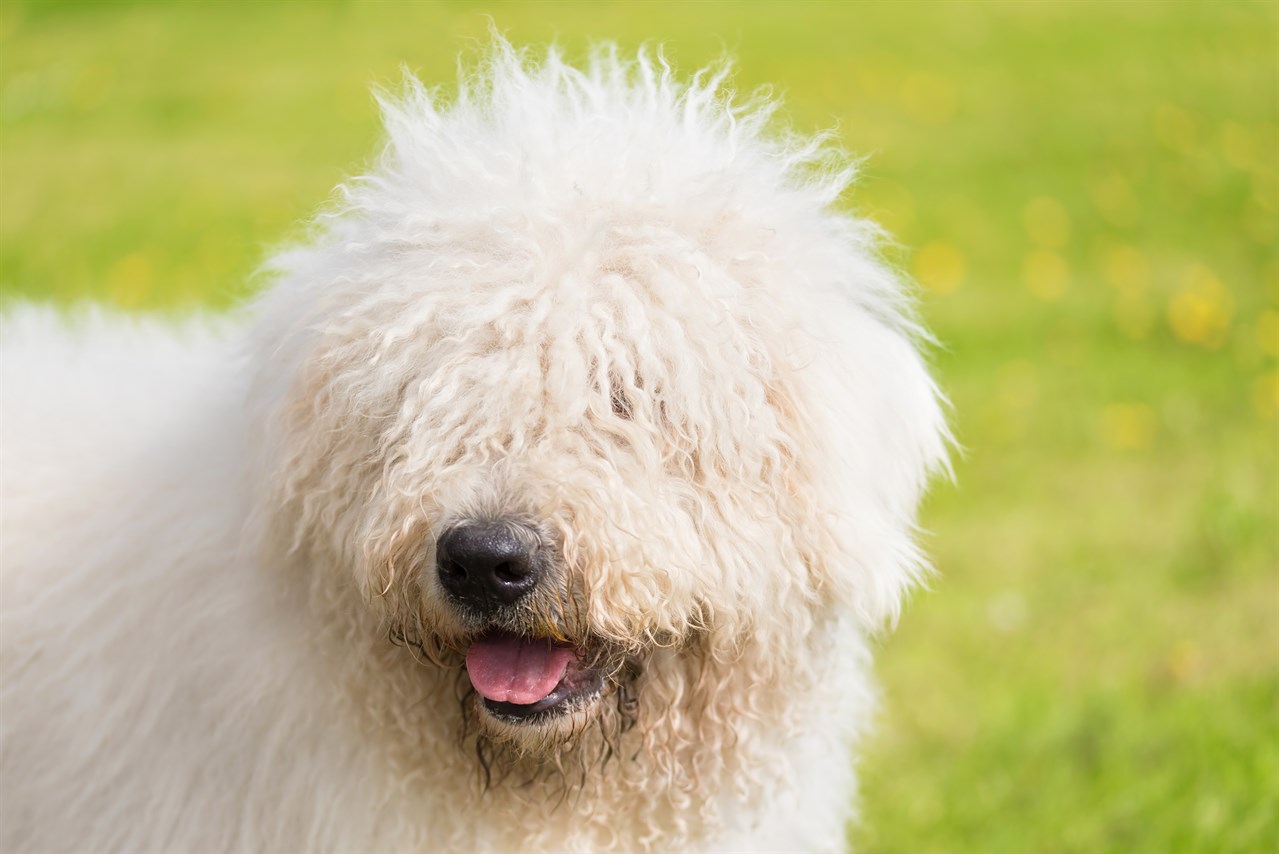Komondor: The Noble Hungarian Sheepdog

The Komondor, often referred to as the "mop dog" or "Hungarian sheepdog," is a unique and fascinating breed known for its distinctive corded coat and formidable presence. This ancient breed has a rich history, a unique appearance, and an interesting connection to Hungary's rural past. In this comprehensive piece, we will explore the breed's history, its place in the dog breed group, its size, coat, colour, and appearance, and then delve into some commonly asked questions about Komondors.
History
The history of the Komondor dates back over a thousand years, making it one of the oldest known breeds. These dogs are believed to have originated in the Carpathian Basin, which includes modern-day Hungary. Their primary role was to protect and guard livestock, especially sheep, in the vast and often treacherous Hungarian plains.
These loyal guardians were instrumental in preserving livestock from predators such as wolves and bears. Their history is deeply intertwined with Hungarian shepherds and their nomadic way of life. Over centuries, the Komondor adapted to the harsh climate and challenging terrain of Hungary, developing the characteristics that define them today.
Also Known As
The Komondor is also known as the Hungarian sheepdog by lovers of the breed.
Breed Group
The Komondor is classified as a working dog, specifically in the Working Group by major kennel clubs like the American Kennel Club (AKC) and the United Kennel Club (UKC). This classification is a testament to their historical role as livestock guardians and protectors.
As working dogs, Komondors are characterised by their strength, intelligence, and unwavering loyalty to their owners. They excel in various working roles, from guarding livestock to protecting their human families.
Size
Komondors are large dogs, known for their imposing size and strength. Males typically stand between 69 to 79 centimetres at the shoulder, while females are slightly smaller, standing between 64 to 74 centimetres. In terms of weight, Komondors can weigh anywhere from 36 to 61 kilogrammes. with males being larger and heavier than females.
Coat, Colour, and Appearance
The most distinctive feature of the Komondor is its unique corded coat. This corded appearance gives them the "mop dog" nickname. The coat is dense and woolly, consisting of long, white, cord-like strands of hair that resemble dreadlocks. These cords form naturally as the dog's puppy coat transitions into adulthood.
The colour of the Komondor's coat is always white. This white coat serves a practical purpose as it allows shepherds to easily distinguish them from predators in the field. Their large, muscular frame and strong build are well-suited to their working role as protectors.
Do Komondor dogs naturally have dreadlocks?
Yes, Komondors naturally develop their unique corded coat as they mature. It's a result of the interaction between their soft puppy fur and their adult coat. This coat serves as insulation and protection in their role as livestock guardians.
Is the Komondor a purebred dog?
Yes, the Komondor is a purebred dog with a long and well-documented history. They have been bred for specific traits over centuries, resulting in the breed we know today.
Why were Komondors killed in WW2?
During World War II, many dogs, including Komondors, faced hardships and dangers. While some were utilised for military purposes, others suffered due to food shortages and the general chaos of the war. However, it's crucial to note that Komondors were not specifically targeted for extermination during the war.
Why did Komondor dog go extinct?
The Komondor dog did not go extinct; in fact, it remains a distinct and well-preserved breed today. Their numbers may have declined during certain periods in history, but dedicated breed enthusiasts and organisations have worked tirelessly to ensure their survival.
What is the difference between a Puli and a Komondor?
Puli and Komondors share similar corded coats, but they are different breeds. Puli are smaller, usually about half the size of a Komondor. Additionally, Puli have a more lively and playful temperament, while Komondors are known for their calm and protective nature.
Are Komondor dogs hypoallergenic?
Komondors are not considered hypoallergenic. Their dense, corded coat can trap allergens like dander and pollen, potentially triggering allergies in sensitive individuals. Regular grooming and cleaning are essential for managing allergens.
The Komondor, with its ancient lineage, striking appearance, and unwavering loyalty, is a remarkable breed that continues to captivate dog enthusiasts around the world. As guardians of livestock and beloved family companions, these dogs have left an indelible mark on Hungarian history and beyond. Their unique corded coat is not just a defining characteristic but also a testament to their enduring role as protectors of the flock. While they faced challenges during times of war and fluctuations in numbers, the Komondor breed persists, cherished for its noble heritage and steadfast devotion.
Continue reading our Komondor in-depth articles
- Komondor Temperament and Behaviour
- Komondor Training and Socialisation
- Komondor Toilet Training
- Komondor Barking Habits
- Komondor Grooming Requirements
- Komondor Shedding Behaviour
- Komondor Sleeping Behaviour
- Komondor Diet and Feeding Requirements
- Komondor Average Lifespan
- Komondor Exercise Requirements
- Komondor Common Health Issues
- Komondor Suitability Guide
- Komondor Advantages
- Komondor Disadvantages
- Komondor Cost to Buy and Own
- Komondor Clubs and Links
- Selling Komondor Puppy Litters and Dogs
- Buying Komondor Puppies and Dogs
- Komondor Alternatives